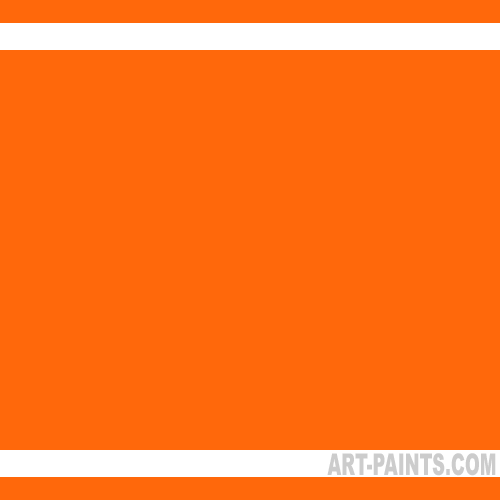

For example, take two colors, a vibrant red and vibrant green. When you create a design that contains vibrant colors that are surrounded by more vivid colors, it can greatly lessen the overall effect. Creating different muted colors and making notes so you can replicate the colors in the future when you need them.ĭepending on what you want to achieve, it may improve the whole effect by including a balance of vibrant and muted colors. The most reliable way to reproduce colors is to create a desaturated color palette. One of the more popular methods is to use a complementary color as it will create a richer tone when compared to using only black or white paint.Įvery design or situation will require a variety of colors. Experiment with all the above methods to see what results occur, however in every case, you will create a desaturated color palette. These colors also automatically provide muted tones. When adding black or white, you help to create more contrast by either making something lighter or darker. When you have too much of the same hue, it can become difficult to observe different aspects of a painting.

Take the complementary color and use it to blend with your chosen color.For something in-between, mix in some gray, which should create another hue.Blend in a little white paint, which should also mute the color and lighten it.Mix in a little black paint, which should darken and mute a color.The process of creating muted colors is not difficult and can easily be done by doing the following. Unlike vibrant colors that pop out at you, designs, or images with muted colors, can be easier to look at.Īs an artist who is just starting, maybe you find yourself using more vibrant colors and failing to properly utilize a muted color palette. However, this could change the temperature of your color, making it cooler or warmer. For example, you can desaturate a red color by blending in some green. Another popular method is to add complementary colors.

In many cases, to mute a paint color, you can simply add in small amounts of black, gray, or white. So, colors that lean more towards the grayscale are considered muted colors. When describing saturation, you are looking at the level of purity, where a pure color is measured at 100 percent and moves down the scale to zero percent or gray. Muted colors are classified as desaturated. The brightness and intensity of the color have been muted. Think of a bright and sunny day and the appearance of colors versus a cloudy day. The muted tones have a duller and more subdued or gray appearance. Muted colors are those colors that are opposite of bright and possess a low saturation. 4 Creating a Muted Underpainting With Acrylics.2.2 Famous Paintings and a Muted Color Palette.


 0 kommentar(er)
0 kommentar(er)
